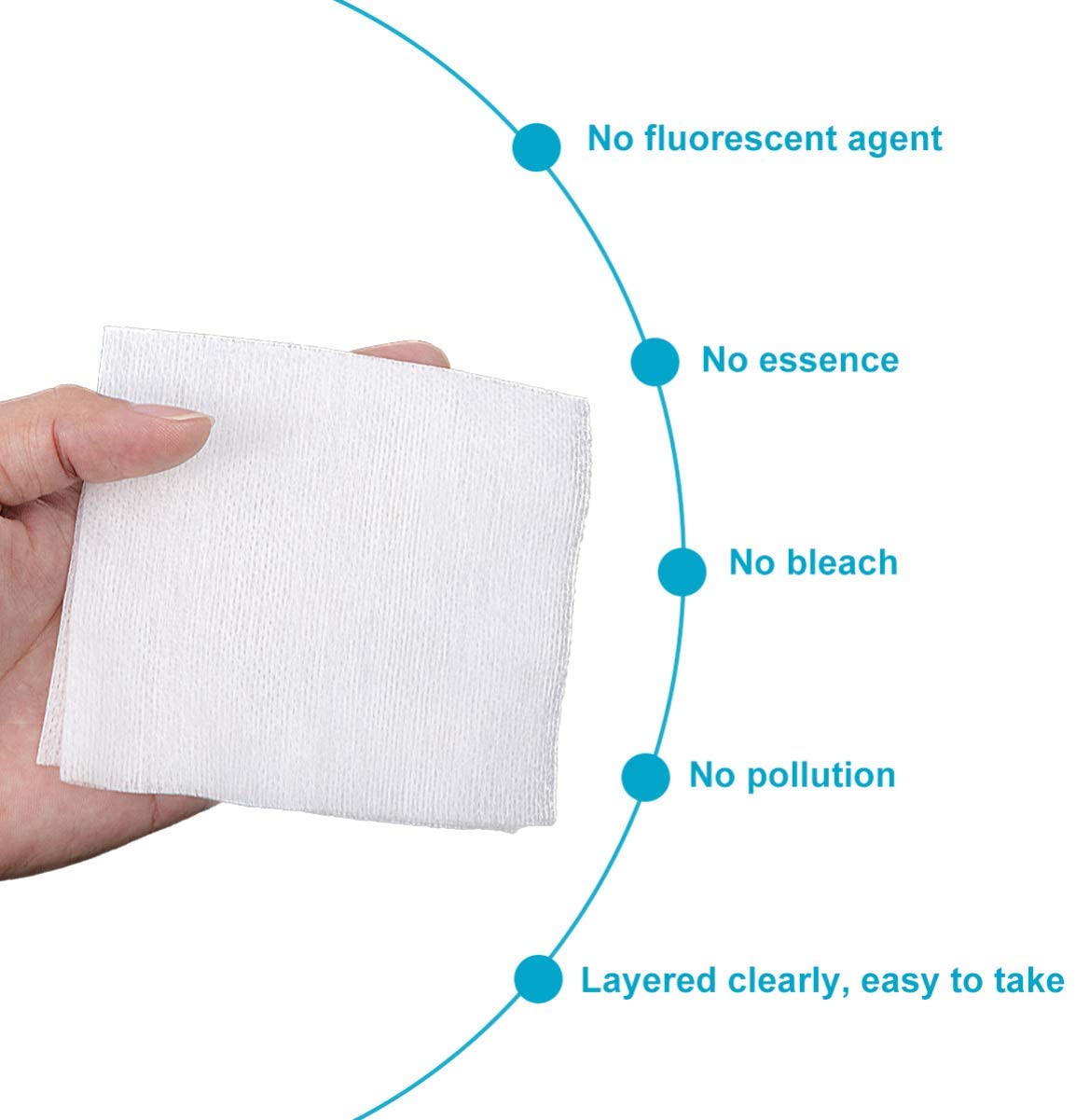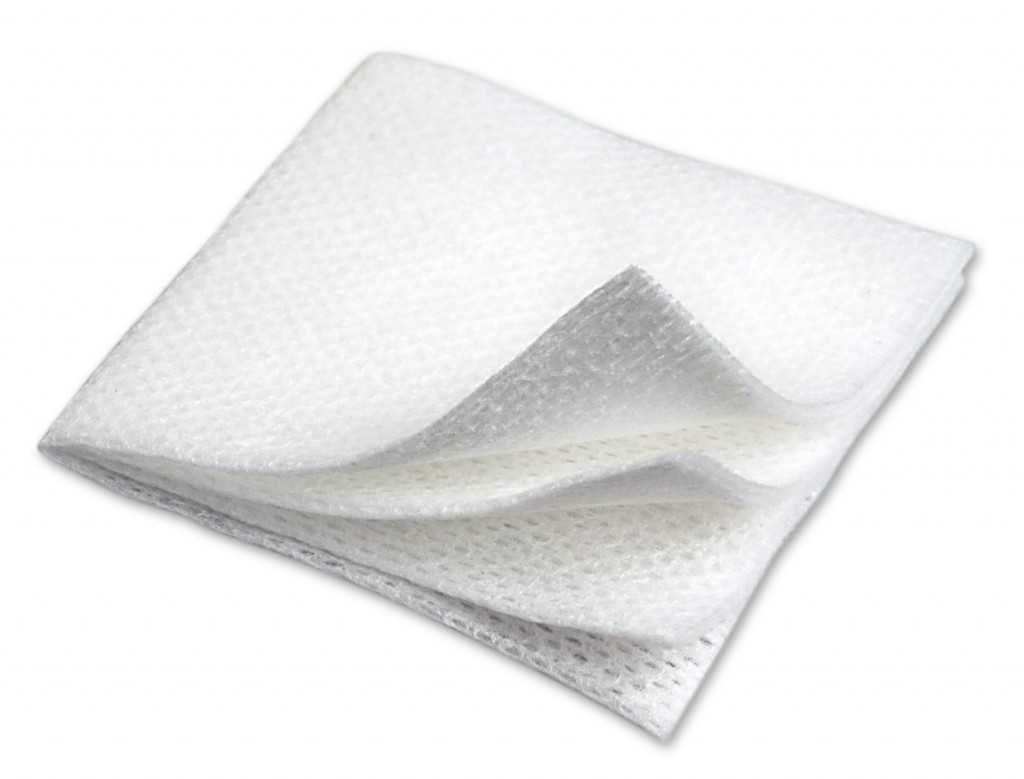How Do I Choose the Best Gauze Pad?
When choosing the best gauze pad, you should consider the planned application. Different pads have different functions, such as fluid absorbency, wound protection, or medication application. A main concern when buying gauze pads is whether they are sterile. Not all medical applications require sterility, and you should check with a medical professional before using non-sterile pads. Other choices include size, composition, and density of the gauze material and its packaging.
Manufacturers design some gauze pads as wound cleansers and others to cover and protect a wound. Knowing what application you will use the pads for will help you to choose the best ones. Most pads are cotton, but some manufacturers use other materials, such as rayon or polyester cellulose blends. Generally, the cotton gauze is more absorbent, and often it helps to wick secretions from the wound. You should follow the manufacturer's instructions, which will specify the gauze pad's main uses.

Most medical supplies are sterile, and usually you will choose a sterile gauze pad when working with wounds. In some situations, medical personnel use non-sterile pads to contain bleeding and for cleansing wound sites. Typically, people use sterile pads to cover and protect wounds. Manufacturers usually individually wrap sterile pads to preserve their integrity. You may purchase non-sterile pads in bulk packaging, which frequently costs less than individually wrapped pads.

To choose the best gauze pad for your application, you should consider which size you might need. Most pads are square, and common sizes start at 2-inch (about 5-cm) squares. Other popular sizes include 3-inch (about 7.6-cm) and 4-inch (about 10-cm) squares. Typically, the ply indicates the thickness of the pad and a pad with a higher ply usually absorbs more fluids. Common ply counts are 8,12, and 16.


The construction of the gauze pad is important. Pads with the cut edges tucked inward will reduce the amount of lint that may get into the wound. Some people prefer to use non-woven pads, but many use the woven pads. Generally, this is a personal preference.
Often the type of use, such as personal, medical, or hobby, determines which pad is the best one to choose. Many professional facilities use gauze pads. These include medical facilities, veterinarians, and podiatry or orthopedic clinics. Not all of the applications at these facilities need specialty pads or sterile pads. An example of a use for plain gauze pad is cushioning to prevent abrasions when using prosthetics or braces.

Other specialty pads include impregnated pads. In certain applications, you may want to choose an impregnated gauze pad. Some of the products that manufacturers use in these pads are oil emulsions, petrolatum gel, and medications, such as antibiotic solutions. Another type of specialty pad is one that has a non-stick surface coating, which is sometimes called non-adherent or non-stick. Typically, these pads are not as absorbent as non-treated pads.
Post time: Oct-07-2023





